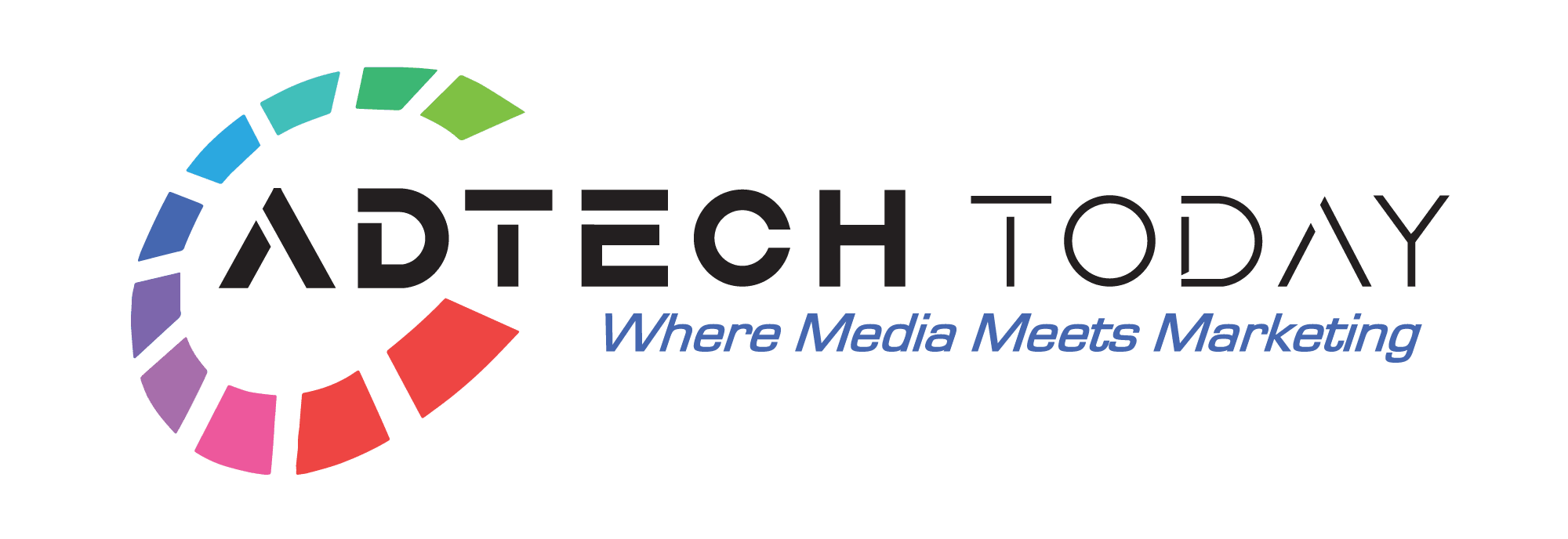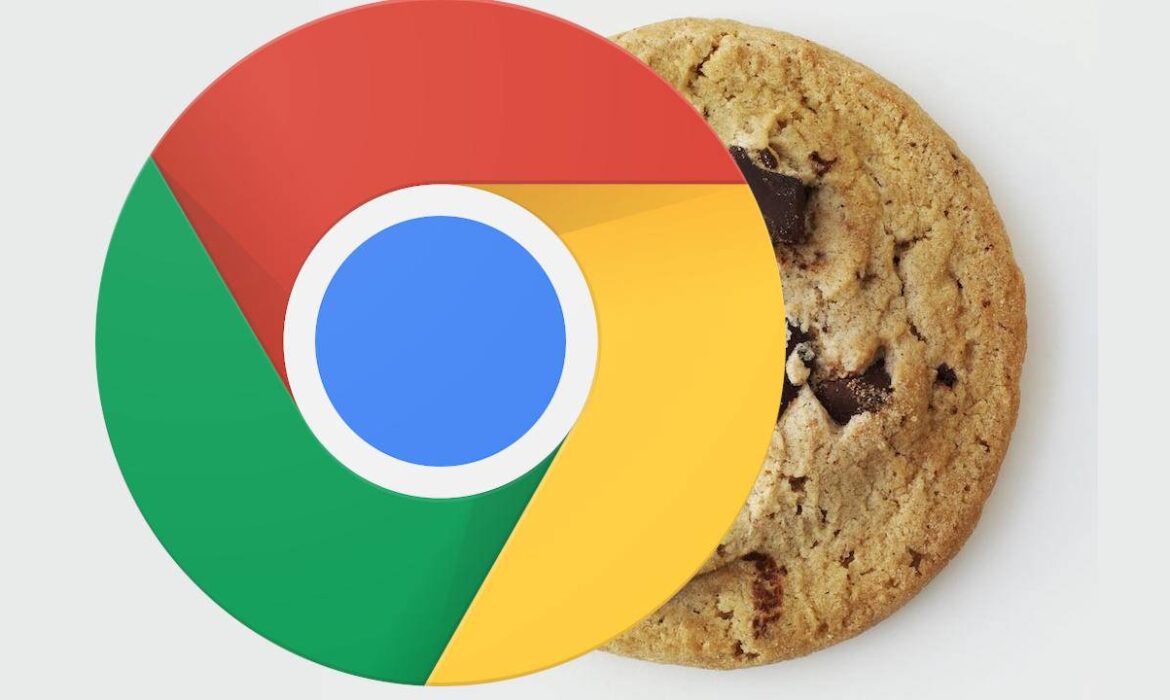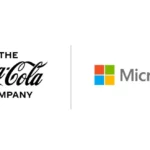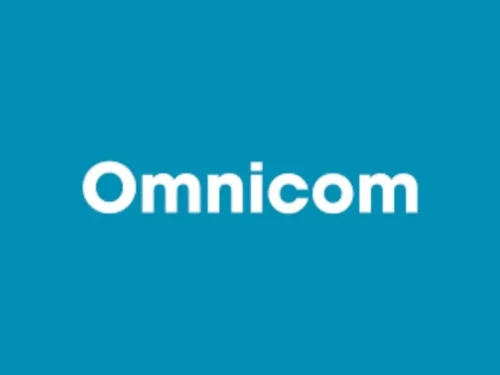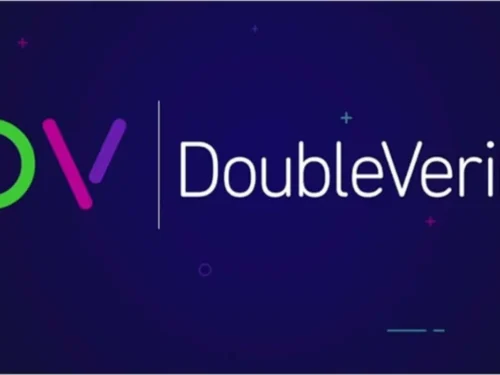Google’s Phasing Out of Third-Party Cookies: A Paradigm Shift in Digital Advertising
Google’s recent announcement of phasing out third-party cookies has sent ripples through the digital advertising industry. This move is part of the tech giant’s commitment to prioritize user privacy and reshape the way online advertising operates. In this article, we delve into the details of Google’s plan, its implications for advertisers, and the challenges and opportunities that lie ahead.
The Shift Towards Privacy-Conscious Advertising
Google’s Privacy Sandbox initiative aims to replace third-party cookies with a more privacy-conscious approach. Instead of individual user tracking, Privacy Sandbox proposes the concept of cohorts, grouping users based on similar browsing patterns and interests. By protecting user data and allowing individuals to manage their interests, Google seeks to strike a balance between privacy and effective advertising.
Phased Rollout and Testing
Google plans to gradually implement this change, beginning with 1% of Chrome users in early 2024. This initial phase serves as a real-world test, allowing developers to assess their readiness for the broader transition. The company also plans to make Privacy Sandbox’s relevance and measurement APIs available to all Chrome users in the Chrome 115 release, enabling developers to experiment and test these APIs with live traffic. Tech Crunch quoted Google’s Victor Wong, who leads product for Private Advertising Technology within Privacy Sandbox said,
This plan was developed with close consultation and coordination with UK’s Competition and Markets Authority — the CMA. We consulted with them on this and we felt this is the best way to, jointly with the industry, actually test out the solution.
In Q4 [2023], we help coordinate some of the testing and make that easier. Q1 [2024], we deprecate for 1%, which then, for everyone in the industry, forces them to seriously start experimenting and testing.
Adapting Advertising Strategies
The deprecation of third-party cookies necessitates a significant shift in advertising strategies. Advertisers must explore alternative targeting and measurement methods that rely less on individual user tracking. Leveraging first-party data, investing in contextual targeting, and collaborating with industry partners are among the recommended approaches to navigate this transition successfully.
Challenges and Opportunities
The elimination of third-party cookies poses challenges in measuring conversions, personalizing ad experiences, and attributing campaign success. However, it also opens doors to innovative solutions, such as enhanced first-party data utilization, contextual advertising, and increased collaboration among advertisers, agencies, and technology providers. Advertisers have an opportunity to build stronger relationships with their target audiences while respecting their privacy.
Industry Response and Readiness
While Google’s move towards privacy-conscious advertising has received praise, it has also sparked discussions and concerns within the industry. Adtech developers are eager to test Privacy Sandbox APIs at scale, and some have already begun experimenting. However, other browser vendors are pursuing different approaches, adding complexity to the advertising ecosystem.
Preparing for the Future
Advertisers are advised to stay informed about the latest developments and guidelines associated with Privacy Sandbox. They should assess the compatibility of their current advertising tools and platforms, invest in building first-party data capabilities, and actively collaborate with industry stakeholders to shape the future of privacy-centric advertising.
Google’s decision to phase out third-party cookies marks a significant milestone in the evolution of digital advertising. As the industry adjusts to the new reality, advertisers must embrace innovative strategies and technologies that respect user privacy while maintaining effective targeting and measurement capabilities. The road ahead may present challenges, but by staying proactive and adaptable, advertisers can seize the opportunities that arise and continue to connect with their audiences in a privacy-conscious manner. The era of cookieless advertising is upon us, and it’s time to embrace the change.
Interesting Read: And Google Does It Again, Delays Phaseout of Third-Party Cookies
Author Profile

- Neha Mehta
- Neha started her journey as a financial professional but soon realized her passion for writing and is now living her dreams as a content writer. Her goal is to enlighten the audience on various topics through her writing and in-depth research. She is geeky and friendly. When not busy writing, she is spending time with her little one or travelling.
Latest Posts
 Interview and Guest PostMay 3, 2024Havas Bruno Araldi: Crafting Brand Narratives Across Continents
Interview and Guest PostMay 3, 2024Havas Bruno Araldi: Crafting Brand Narratives Across Continents MarketingApril 24, 2024Coca-Cola and Microsoft Partner on Cloud and AI
MarketingApril 24, 2024Coca-Cola and Microsoft Partner on Cloud and AI Interview and Guest PostApril 19, 2024Insights from Publicis Amir Zeitouni: Navigating UAE’s Communication Landscape
Interview and Guest PostApril 19, 2024Insights from Publicis Amir Zeitouni: Navigating UAE’s Communication Landscape Interview and Guest PostApril 5, 2024Vice Media’s Rafael Lavor: Shaping Media Strategy for Tomorrow’s Audience
Interview and Guest PostApril 5, 2024Vice Media’s Rafael Lavor: Shaping Media Strategy for Tomorrow’s Audience

